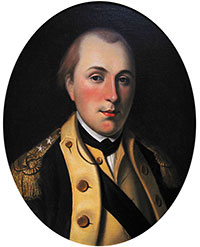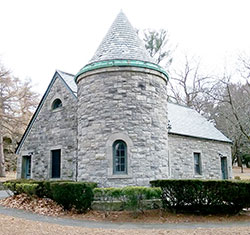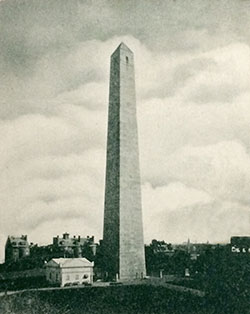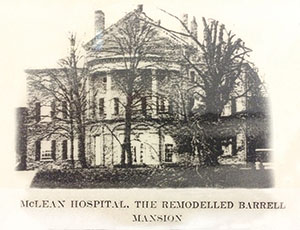
Eagle Feathers #237– Lafayette
By Bob (Monty) Doherty
Marie-Joseph Paul Yves Roch Gilbert du Motier or Marquis de Lafayette was born in a castle in Auvergne, France in 1757. When he was only two years old, his father was killed in battle. At thirteen, his mother died leaving him with vast lands and wealth. He married and entered the French Army in 1774, the same year Somerville’s Powder House was attacked. In 1777, being sympathetic to the American cause, the twenty-year old who just had military school training volunteered his assistance.

He was born into nobility with close associations to the French Royal family and had much to lose by coming to America. He became a friend of and idolized General George Washington who trusted him completely and made him his youngest commander. Their friendship was complete to the point that Lafayette named his son George Washington Lafayette.

Despite his youth, he fought with great ability and bravery as an officer and commander of the Continental troops in Virginia. His initial conflict was on September 11, 1777, where his first blood was shed. He was shot through his leg at the Battle of Brandywine near Philadelphia refusing to leave the field until his troops were all accounted for. He supplemented his soldiers pay from his own inheritance. The young officer became one of Washington’s most skillful generals. He was a statesman who was significant in acquiring French military and financial aid which helped win the war. At the end of the revolution, he returned to France.

Fifty years later, on the request of Congress, he returned to America. He came to Boston to lay the cornerstone of the Bunker Hill Monument in Charlestown. Somerville honored him with a city-wide parade, and every house had lanterns lit in tribute to him. This was the beginning of his twenty-four-state tour of America. New England is peppered with statues, tablets and memorials in praise of his achievements. America’s first-born architect, Charles Bulfinch, and creator of Somerville’s Barrell mansion, owes much of his education to Lafayette’s generosity. Upon his death, Lafayette’s son retrieved soil from Bunker Hill and brought it back to France to mix with the soil at this father’s grave.

At the beginning of World War I, on their arrival in France and in appreciation for his help in saving our country, American troops announced, “Lafayette, we are here!”
Who was Lafayette? To the people of France, he was a soldier, statesman and citizen. To America, he was a soldier, statesman and hero. To General Washington, he was the son he never had and one of his best generals. To the world, he was Marie Joseph Paul Yves Roch Gilbert du Motier or Marquis de Lafayette … to his troops, he was “Lafayette.”












Reader Comments